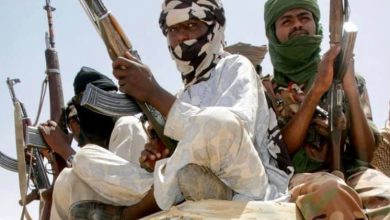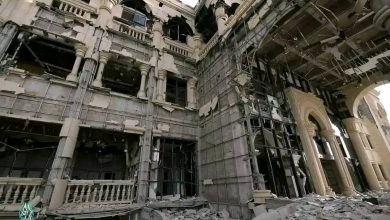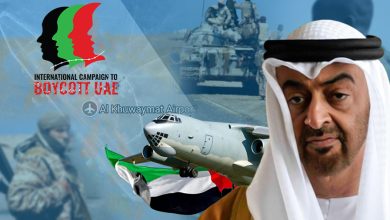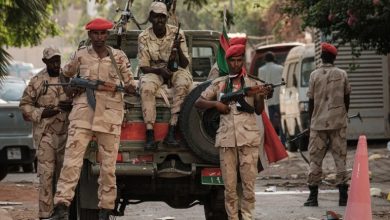The Escalation of Emirati Aggression: Motives, Causes, and Consequences
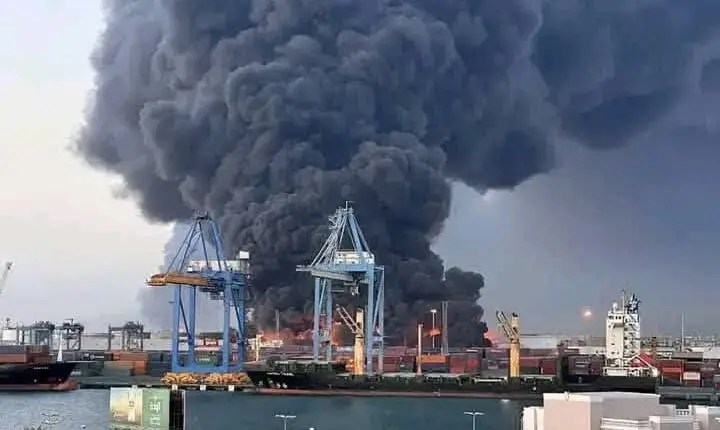
Over the past week, the aggression of the Rapid Support Forces (RSF) militia—backed by regional and international dimensions—entered a new phase. The threads of the conspiracy against Sudan—its state, land, and people—have begun to unfold and reveal themselves. For two years, the truth remained obscured through manipulative rhetoric, twisted narratives, and relentless justification campaigns orchestrated by deceptive media outlets and politically motivated groups—mercenaries for hire and traitors from various regions.
An Official Proxy:
A new phase has begun with the targeting of the administrative capital, Port Sudan, and its civilian and service infrastructure using strategic and suicide drones. This represents a clear statement that the United Arab Emirates—the main sponsor and funder—can no longer hide. It continues to act as a concealed agent, fully operating under a mandate aligned with Israeli objectives to reshape the region. The UAE’s role as a proxy in fulfilling the requirements of this mandate is evident. One only needs to glance at its foreign policy interventions in Libya, Iraq, Somalia, Djibouti, Algeria, and now Sudan. All signs increasingly confirm that the UAE is the official agent carrying out Israeli policies in the region. This role strips it of any genuine connection to the Arab and Islamic world—leaving only the appearance of a state. In reality, it is a controlled entity, incapable of choosing a path aligned with authentic Arab and Islamic belonging.
Revenge Against Unity:
Emirati drones have sought to damage vital facilities, aiming to cripple citizens’ interests and spread fear and panic. This came in retaliation for a decisive strike by the Sudanese Air Force on foreign mercenary weapons shipments and personnel at Nyala Airport—a strike that exposed the UAE, especially after the deaths of several of its intelligence officers were confirmed. The deliberate targeting of fuel stations, electricity infrastructure, aviation, and cargo transport reflects a vengeful policy aimed at punishing the Sudanese people for their steadfast support of the Armed Forces in this battle. One of the observed strategies of the aggression has been to drive a wedge between the people and the military. When these efforts failed, the aggressors began treating the army and people as a united front—targeting both together.
Covering Defeats:
The military minds orchestrating the RSF sought to compensate for their severe losses in key battlefronts—Sennar, Al-Jazira, Kordofan, and Khartoum—by turning to drones. These losses rendered the militia incapable of initiative and maneuver. The use of drones required neither ground vehicles nor demoralized mercenaries, who have increasingly distanced themselves from the fight after failed recruitment efforts—despite temptations and threats.
An Unexpected Turn:
However, this new approach backfired on the militia and its sponsors. Threatening the security of the Red Sea—a region of critical regional and international importance—undermines humanitarian and service-based operations led by global aid organizations for those affected by war in Sudan. As a result, this step has been widely condemned. The ease with which drones can be deployed in Red Sea ports has made it necessary to denounce their use—lest those who remain silent today fall victim to them tomorrow.
Gains from the Smoke of War:
Despite the losses and fear caused by the latest drone attacks, this new stage of aggression has gifted the Sudanese people and leadership with greater unity and cohesion. It has reinforced the urgent need to close ranks and block divisions and sedition. The aggression has become clearer, and its sponsors have removed their masks. It is now a duty for all to rally behind the Armed Forces. The drone attacks in Port Sudan highlighted the immense sacrifices made by soldiers in thousands of battles over more than two continuous years.
The Promise of Victory:
The promise of victory was captured in a powerful image of General Abdel Fattah al-Burhan—Chairman of the Sovereignty Council and Commander-in-Chief of the Armed Forces—standing tall in full military uniform on a public road. Behind him, smoke billowed from fires started by Emirati drones and RSF strikes on fuel depots in the Transit district of Port Sudan, near the southern port. He stood with full confidence drawn from the army, its supporting forces, and the patient, fighting Sudanese people—makers of miracles and bearers of a proud history. With firm words, he declared that the Sudanese people will be victorious and will hold the militia and its backers accountable once God’s victory and deliverance are realized.
Source: “Sudanese Echoes”
